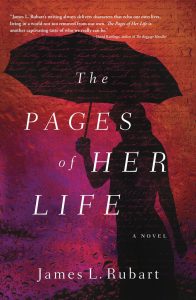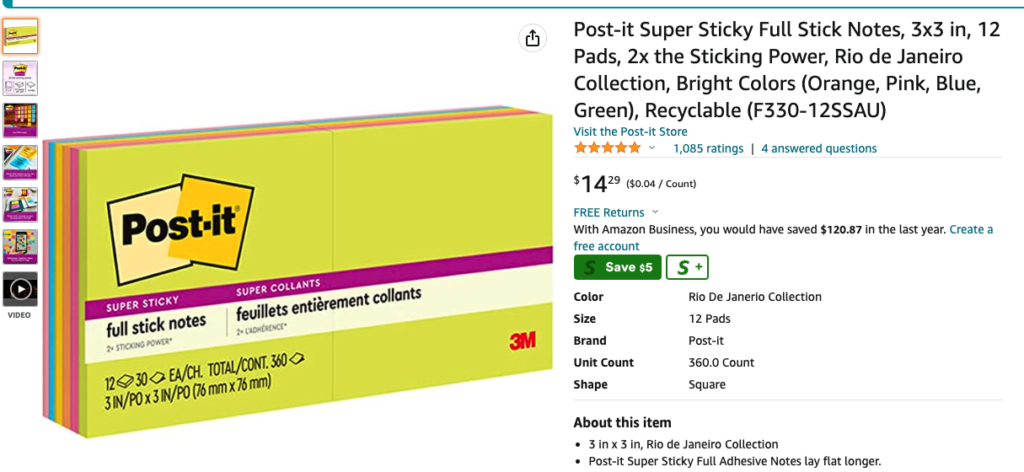by James L. Rubart, @jameslrubart
At a conference earlier this year a conferee came up and said, “I’ve read you’re a pantser.”
“Guilty.”
“So how do you do it?”
“What do you mean?”
“I’ve been asking pantsers how they write to get ideas for my own approach.”
“You mean Pantsers don’t all write the same?”
Until she asked, I’d never really thought about it. I have many friends who are pantsers but I’ve never probed into details on how they write. I figured there wasn’t much difference between us.
Nope. My new friend explained to me all the different ways we discovery writers put together a novel which brings me to the subject of this month’s column.
My Method
Since I haven’t talked to others, I don’t know if my way is common or not. I definitely think it’s pretty simple. Maybe that’s why it works for me; and why it might work for you. Here’s my process:
- I develop my story idea. This might be one or two sentences, maybe as much as a paragraph. At this point I might have an idea how the story starts, and even how it ends but not much more.
- I start writing. Whatever comes into my head I jot down. It might be a whole scene, it might be three sentences. As soon as the movie clip in my head stops, my fingers come off the keyboard. I never force things and try to keep going once the scene shifts.

- I don’t worry about the order of my snippets. I might write a page I know will go near the beginning of the novel, followed by a patch of dialogue I sense will end up at the end. It doesn’t matter. The goal at this point is to simply get the story down on paper.
- Do I worry about themes or character motivations or the million other things I’ll need to focus on before the novel is finished? Nope. Not at all. (Which is why I like the term Discovery Writer better than Pantser. Because I get to find out the theme as the story develops.)
- Once I get to between 50,000 and 60,000 words, I stop writing and spend a couple of days organizing the story. I take 3 inch x 3 inch Super Sticky Post It Notes and write a headline for each scene on individual Notes. I have a huge white board in my office and I stick the notes to the white board. Then I start putting the story in order. Having the ability to see the whole story at a glance is incredibly helpful in ordering the story. (I know programs like Scrivener offer this but it’s too small on a computer screen for me.)
- Next I reorder the story in my computer to match the story order on my white board.
When I dive back into writing I simply work off the board. It’s like a big jigsaw puzzle. I can see immediately what’s missing; where I need a transition scene, where I need foreshadowing, where the story needs more action or more contemplation or another character. So I write the scene that’s missing between the stickers, add a note, then reorder them to match what’s on my laptop.
Like I said, simple, but—at least for me—extremely effective, so you might try it for yourself, and get Sticky.

How Do You Stand Up for Yourself When It Means Losing Everything? Allison Moore is making it. Barely. The Seattle architecture firm she started with her best friend is struggling, but at least they’re free from the games played by the corporate world. She’s gotten over her divorce. And while her dad’s recent passing is tough, their relationship had never been easy.
Then the bomb drops. Her dad was living a secret life and left her mom in massive debt.
As Allison scrambles to help her mom find a way out, she’s given a journal, anonymously, during a visit to her favorite coffee shop. The pressure to rescue her mom mounts, and Allison pours her fears and heartache into the journal.
But then the unexplainable happens. The words in the journal, her words, begin to disappear. And new ones fill the empty spaces—words that force her to look at everything she knows about herself in a new light.
Ignoring those words could cost her everything . . . but so could embracing them.

James L. Rubart is 28 years old, but lives trapped inside an older man’s body. He thinks he’s still young enough to water ski like a madman and dirt bike with his two grown sons. He’s the best-selling, Christy BOOK of the YEAR, CAROL, INSPY, and RT Book Reviews award winning author of ten novels and loves to send readers on journeys they’ll remember months after they finish one of his stories. He’s also a branding expert, audiobook narrator, co-host of the Novel Marketing podcast, and co-founder with his son, Taylor, of the Rubart Writing Academy. He lives with his amazing wife on a small lake in Washington state.


